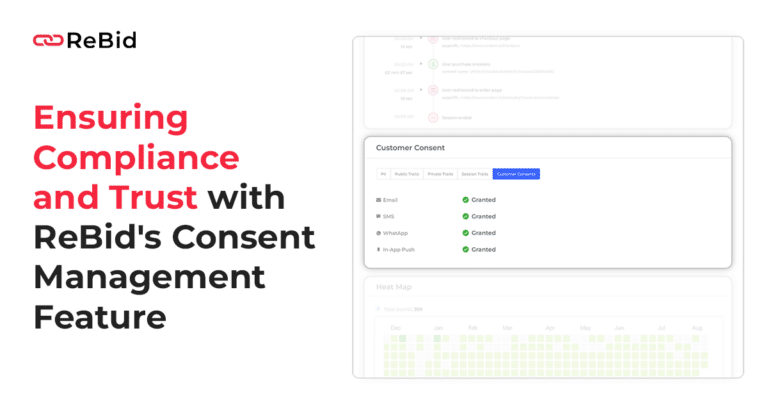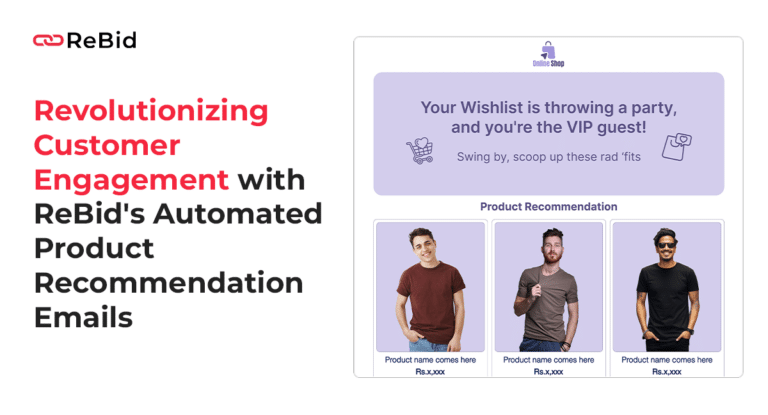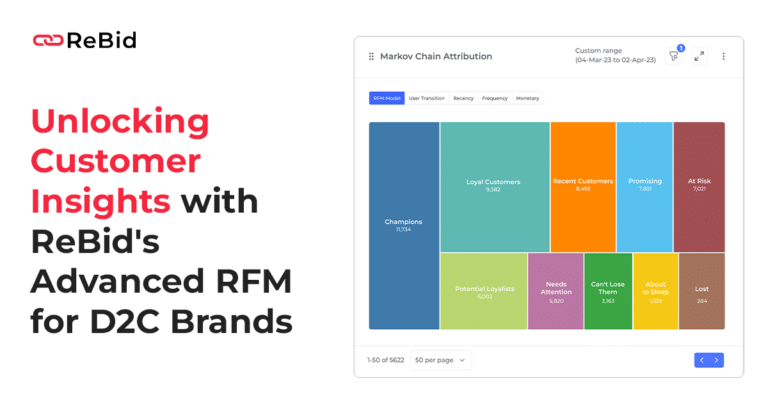The digital marketing ecosystem is facing a paradigm shift with the phasing out of third-party cookies (3PCs), a staple for tracking, targeting, and personalizing online advertising for decades. This change prompts a significant challenge for marketers accustomed to the convenience and reach provided by 3PCs. However, it also offers an opportunity to innovate and adopt more transparent, privacy-focused strategies. A document titled “3 Ways Marketers Can Adapt to the Death of 3PCs” sheds light on actionable strategies marketers can employ to navigate this new landscape effectively. Here’s a closer look at these strategies and how they can redefine digital marketing practices for the better.
1. Claiming Your Data: The Rise of First- and Zero-Party Data
The deprecation of 3PCs underscores the importance of first- and zero-party data. First-party data, collected directly from your interactions with customers, and zero-party data, which customers willingly share, become invaluable assets. These data types offer a goldmine of insights into customer preferences, behaviors, and intentions.
Action Steps:
- Enhance data collection mechanisms on your platforms, ensuring transparency and value exchange to encourage customers to share their information.
- Invest in content and experiences that resonate with your audience, prompting engagement and data sharing.
- Utilize this rich data to refine your targeting and personalize your advertising, compensating for the loss of 3PC-driven insights.
2. Unifying and Activating Data: Creating a Single Source of Truth
Integrating disparate data sources into a unified system is crucial for a holistic view of the customer journey. This single source of truth enables marketers to analyze behavior patterns, predict future actions, and tailor marketing strategies accordingly.
Action Steps:
- Implement a robust Customer Data Platform (CDP) that aggregates, cleans, and organizes data from all touchpoints.
- Foster cross-departmental collaboration to ensure data sharing and activation across all customer interactions.
- Leverage advanced analytics and AI to uncover insights and automate personalized marketing actions across channels.
3. Setting up a Measurement System: Embracing Unified Marketing Measurement
With the traditional cookie-based tracking and measurement models becoming obsolete, marketers must adopt new methodologies for assessing campaign effectiveness. Unified Marketing Measurement (UMM) solutions offer a comprehensive approach, combining attribution modeling and experimental designs to understand causality and impact.
Action Steps:
- Invest in UMM platforms that integrate with your data sources, providing a clear view of marketing performance across channels.
- Design and execute controlled experiments to test hypotheses about campaign effectiveness and customer behavior.
- Use attribution modeling to allocate credit to various touchpoints in the customer journey, optimizing marketing spend based on these insights.
Conclusion
The end of third-party cookies is not the end of effective digital marketing but a call to evolve. By focusing on claiming your data, unifying and activating it, and setting up a robust measurement system, marketers can navigate the post-3PC era with confidence. These strategies not only comply with the increasing demand for privacy and transparency but also open the door to more authentic and meaningful customer relationships. As we move forward, the ability to adapt and innovate in the face of change will distinguish the leaders in the digital marketing space.





